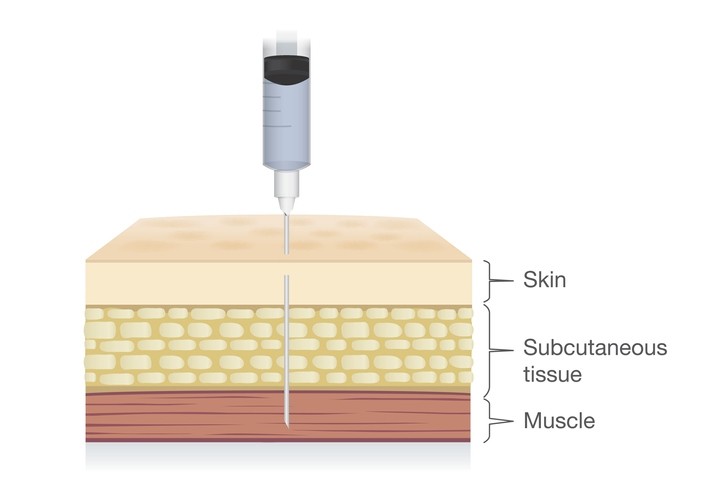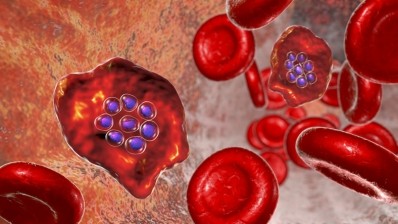Beyond schizophrenia: The promise of long-acting injectables

Long-acting injectables (LAIs) are essentially formulations that release the compound over several weeks. They can provide a more effective treatment for patients with chronic conditions, with such reduced frequency of dosing radically improving compliance.
They tend to be intramuscular injections, done in a hospital or clinical setting.
In the 2000s, the market for LAIs really took off. These drugs have transformed therapy for schizophrenic patients, who often struggle to remember taking medication, and therefore benefit from a longer-lasting drug that is taken less often. In fact, most LAIs have been developed to treat schizophrenia.
But LAIs are now being explored for other therapeutic areas, including infectious diseases and contraception, to name just a few.
“There are a number of programs looking at what LAIs can do for the treatment or prevention of malaria, for example,” René Holm told us.
He is currently professor of pharmaceutical physical chemistry, the Department of Physics, Chemistry and Pharmacy (PCP), at the University of Southern Denmark. He only recently took up that academic post after working with leading pharma groups such as Janssen in Belgium.
Holm has been involved in developing three LAIs: two for schizophrenia and one for HIV.
He is continuing to research these injectables, with a focus on how the optimize the release of the active substance in a patient’s body.
In terms of ongoing challenges on LAI manufacturing, dosing is an issue. “There is a limit on how much you can inject. There are a number of requirements in terms of the physiochemical properties of the compounds used.”
As regards other constraints, looking at the suspensions used in these formulations, there is also a limit on particle size, the range that industry can work with.
A talk Holm gave at PharmSci 360 summarizes the learnings in the field to date, what factors influence how LAIs behave, the impact of the particle size, the stabilizers being used and what they mean for the stability of the biopharmaceutical properties.
There is little data available on LAIs in the literature, from academic scholars, as the R&D in the area has been predominantly industry led, he told us.
“So my presentation tried to capture what is known to date.
“When you start to dig into LAIs it is really complex system, it is an interesting field of research.”
Plugging gaps in understanding of LAI development
In summary, there is an ongoing need to improve the understanding of the manufacturing processes, the product stability, and the drug release rate of such products, said Holm.
Systematic investigation into multiple aspects of production of LAIs, such as the interlinks between the formulation parameters, the stability and the biopharmaceutical properties, would benefit the field, he said.
How best to control the physicochemical properties in terms of particle size distribution, and surface properties in order to achieve the desired in-vivo drug release profile and shelf-life stability can be explored further.
Discovering, developing and deploying new processing and analytical technologies will help to manufacture LAIs with enhanced properties, as well as make the product development cycles shorter and more efficient, overcoming obstacles to delivering these products to patients.

















